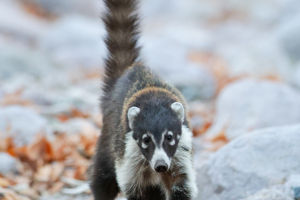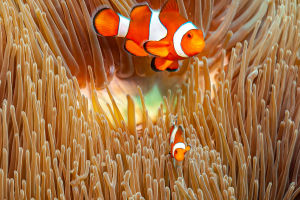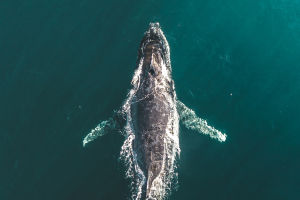
Fastest Land Animal

The cheetah, renowned as the fastest land animal on Earth, is famous for its unparalleled speed and graceful demeanor.
With its large body, lightweight skeleton, and well-developed muscles, the cheetah can achieve an astonishing speed of up to 100 kilometers per hour in just a few seconds.
This remarkable speed is due to its unique physiological structure.
First, the cheetah's spine is highly flexible, allowing for significant extension and contraction during running. Secondly, its powerful hind leg muscles provide substantial propulsion. Additionally, the cheetah's relatively short front limbs contribute to greater stability while running.
The cheetah’s body structure is also adapted to meet the demands of high-speed running. Its lightweight skeleton reduces unnecessary weight, while its long and strong legs provide powerful thrust.
Related
 Why Everyone Is Talking About White-Nosed Coatis – The Facts Are Incredible!
Why Everyone Is Talking About White-Nosed Coatis – The Facts Are Incredible!
 Jellyfish are dazzling, mysterious wonders of the ocean that shape marine life and intrigue us all!
Jellyfish are dazzling, mysterious wonders of the ocean that shape marine life and intrigue us all!
 Clownfish: The Colorful Superstars of the Sea!
Clownfish: The Colorful Superstars of the Sea!
 How Did Whales Get So Big? The Fascinating Evolution of the Ocean's Giants You Never Knew!
How Did Whales Get So Big? The Fascinating Evolution of the Ocean's Giants You Never Knew!
 Uncover the hidden life and ecological role of the elusive European badger.
Uncover the hidden life and ecological role of the elusive European badger.
 10 Mind-Blowing Giraffe Facts You Won't Believe!
10 Mind-Blowing Giraffe Facts You Won't Believe!
Unlike other felines, the cheetah’s claws are non-retractable, similar to cat-like hooks, which help with better traction during high-speed chases. Its wide nose allows for increased oxygen intake to support the demands of rapid running. The cheetah’s distinctive “tear mark” stripes not only serve as a recognizable feature but also help reduce glare from the sun, improving visual clarity and aiding in maintaining a clear view while chasing prey.
Cheetahs primarily feed on small mammals such as gazelles, antelopes, and small deer. Their hunting strategy often involves stealthy approaches followed by short bursts of full-speed running. Cheetahs typically hunt during the cooler early morning or late evening hours to avoid the impact of high temperatures on their running abilities.
However, the cheetah’s high-speed running places significant demands on its physiological systems. Rapid running requires a large amount of oxygen and energy, causing cheetahs to quickly deplete their energy reserves. After each sprint, a cheetah usually needs several minutes to recover. During this time, cheetahs rest in hidden areas to lower their body temperature and replenish their energy.
The social structure of cheetahs differs from that of other felines. Unlike most solitary cats, cheetahs typically live in small groups. Female cheetahs are generally solitary, while males often form small groups with their brothers, known as “coalitions.” These male coalitions assist each other in territorial disputes and dealing with external threats. This social structure helps cheetahs survive and reproduce in a competitive environment.
Yet, cheetahs face numerous challenges to their survival. Habitat loss, declining prey resources, and human activities threaten their existence. Over the past few centuries, the cheetah population has significantly decreased, and the current wild cheetah population is classified as vulnerable.

Protecting cheetahs requires not only conserving their habitat but also mitigating human impact on their survival. Wildlife conservation organizations and researchers are working to understand cheetah biology to develop effective protection strategies.
The story of the cheetah is not just a legend of speed but a profound testament to the complex ecosystems of the natural world and conservation efforts. Through scientific research and protective measures, we hope to ensure that cheetahs can continue to run freely in the wild for generations to come.